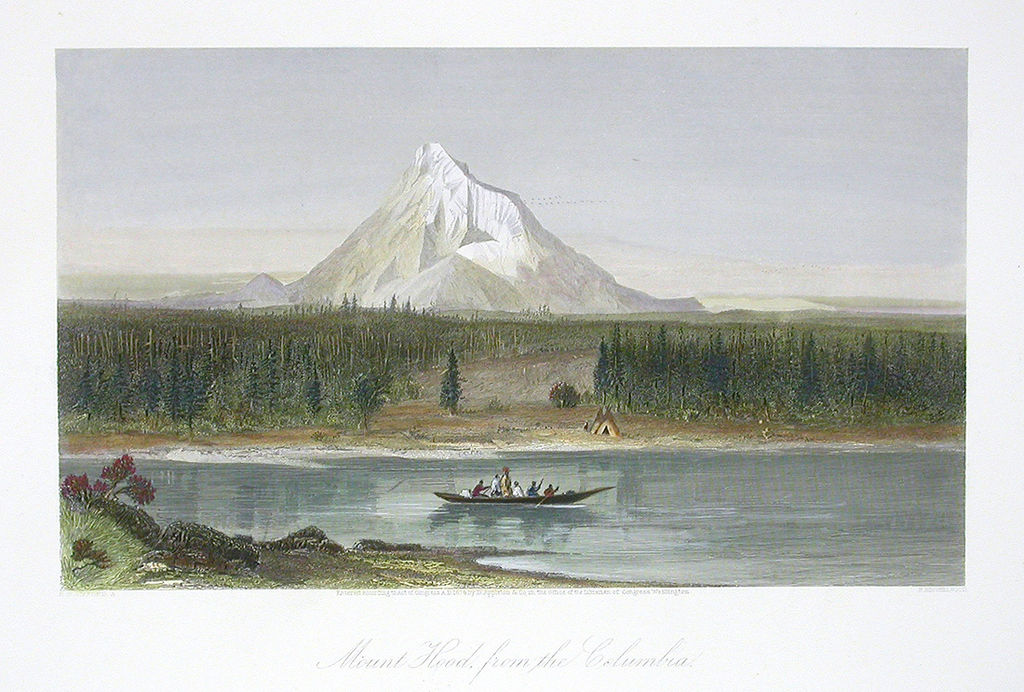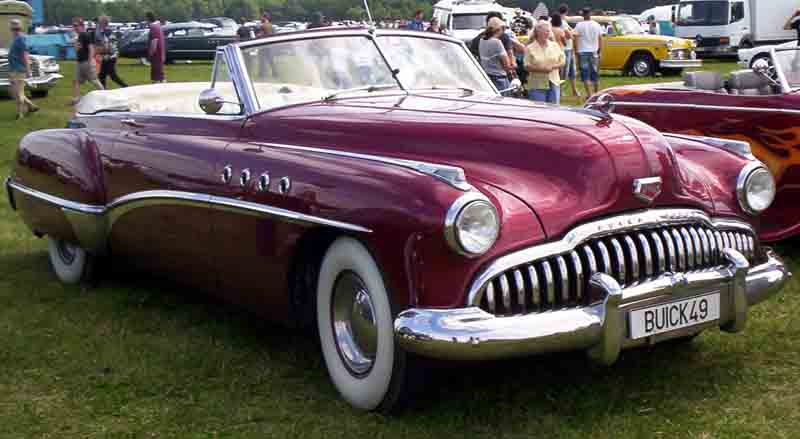 In a quote comparison of Survivorship Indexed Universal Life (IUL) products with cash value accumulation as the objective, Penn Mutual outperformed the competition with their “Survivor Plus IUL” plan.
In a quote comparison of Survivorship Indexed Universal Life (IUL) products with cash value accumulation as the objective, Penn Mutual outperformed the competition with their “Survivor Plus IUL” plan.
A Surviviorship Indexed UL, second-to-die benefit, will tend outperform an individual Indexed UL for cash value accumulation. The cost of insurance on two lives for one death benefit is lower than on a single life, so it makes sense for a couple to consider a survivorship product.
Here were the parameters for this case study:
Premium Amount: $250,000
Solve For: Minimum Non-MEC *
Death Benefit Option: Increasing
Illustrative Rate assumption: 6% (all years); S & P 500 annual point-to-point
insureds: both mid ’50’s, both preferred non tobacco
objective: cash value accumulation, downside protection
Penn Mutual was able to solve as a “3 pay”, dividing the $250,000 premium into three annual payments, and maintain competitive cash value accumulation to a 4 pay, which is unusual. When evaluating a limited pay scenario, one works down from a “7 pay” non-MEC structure to see where optional cash value accumulation occurs. A 5 pay or 4 pay is most common. Penn Mutual’s cash value accumulation was superior to the competition looking at years 5, 10, 15 and 20 and on out in 5 year increments. PennMutual’s has a 2% floor on both its fixed and indexed account, giving their product superior downside protection.
Each case is different in age, health, premium amount and objectives, so it’s not a hard and fast conclusion that PennMutual Survivor IUL will be the superior product, but the next time a cash value accumulation case comes up Penn Mutual will be serve as a benchmark.
- Non-MEC = not a Modified Endowment Contract



 Licensed Agent:
Licensed Agent: 




